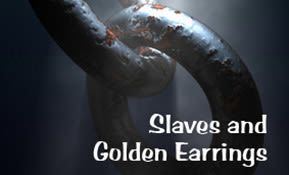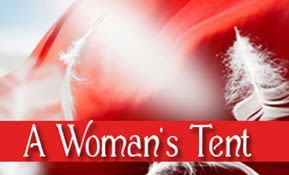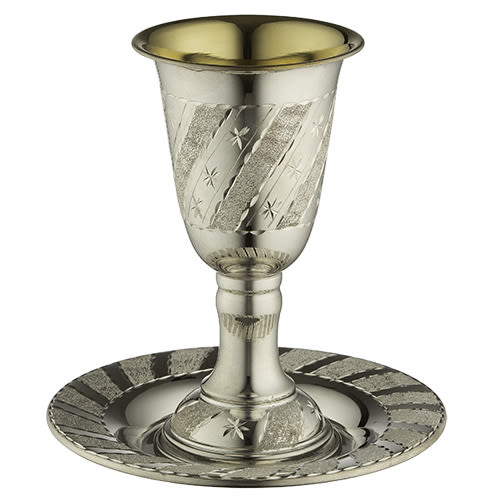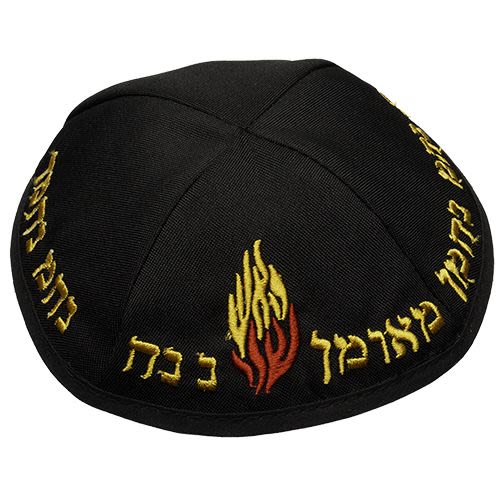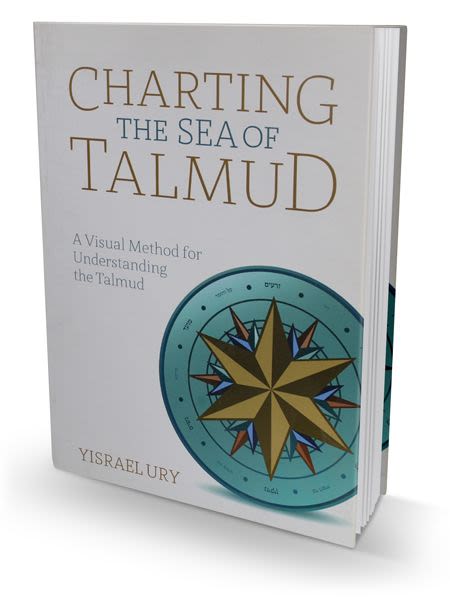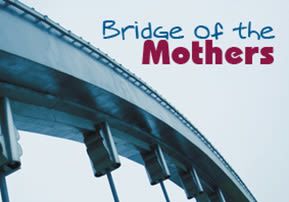
Vayeitzei: Bridge of the Mothers
By bridging the different segments within the people of Israel, we share in the building of our everlasting Temple, initiated by the unconditional love of our matriarchs…

Parshat Vayeitzei
LEAH'S HIDDEN BEAUTY
In this week’s parashah, two of our greatest mothers are introduced and contrasted: “The eyes of Leah were tender; but Rachel was of beautiful form and of beautiful appearance” (Bereishit 29:17). According to the Arizal, Rachel represents the revealed, whereas Leah corresponds to the hidden world (Etz Chayim, gate 38, chapter 2). Rachel, who was beautiful on all levels, represents the world of the tzaddik. Her righteousness illuminated her to such an extent that everyone agreed that she was a striking beauty. One has to look deeper, however, to get in touch with Leah's beauty. The description of Leah's eyes as being soft has puzzled many commentators. Since the eyes are the inner light of the soul, chasidic commentaries explain that Leah represents the world of teshuva (repentance), where beauty is hidden, (see Ateret Yehoshua on Parashat Vayeitze). Her eyes were soft from crying out to G-d in heartfelt prayer. This prayer enabled her to transcend her destiny and merit to become a partner with her sister in the building of the house of Israel.
RACHEL – THE MOTHER OF THE MOTHERS
The first meeting between Ya’acov and Rachel was a romantic encounter of two soul mates who knew they were made for each other. However, in the morning that followed the wedding night, Ya’acov realized that he had married the wrong woman: “It came to pass, that in the morning, behold, it was Leah” (Bereishit 29:25). Rashi asks, “Was it not Leah in the evening?” Yaacov had failed to recognize her until the morning because he had given Rachel certain secret signs that she had transmitted to Leah. When Rachel saw that they were about to substitute Leah in the marriage ceremony, she thought, “My sister may now be put to shame.” Rachel's righteousness went beyond anything expected. She was willing not only to share her beloved but also to give up the entire dream of her future life with Ya’acov. How was she to know that she would merit to become Ya’acov's wife as well? In her selfless concern that her sister not be embarrassed, she sacrificed her own future and enabled Leah to become a mother in Israel. In this way, Rachel became the embodiment of motherhood, the mother of all mothers.
MUTUAL LOVE
“When Rachel saw that she bore Ya’acov no children, Rachel became jealous of her sister” (Bereishit 30:1). Knowing Rachel's concern and love for her sister, how could she possibly sink down to the low level of envy? Rashi explains that she was jealous of Leah's good deeds, the only kind of jealousy permitted. Instead of begrudging someone else what they have and feeling that they don't deserve it, Rachel believed that her sister merited children because she was on a higher spiritual level. The love between the sisters was reciprocal. Leah showed her gratitude to Rachel by praying for her to conceive. When Leah became pregnant for the seventh time, she was able to change the sex of her child by means of her prayer. In this way, she enabled Rachel to give birth to two of the important tribes of Israel, Yosef and Binyamin (Rashi, Bereishit 30:21).
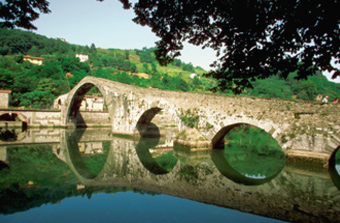
TOGETHER WE CAN BUILD THE HOUSE OF ISRAEL
The unity between Rachel and Leah reverberates throughout the ages. Today, more than ever, we need to link ourselves with their love for one another in order to overcome division and jealousy among the Jewish people. In the messianic time, we will have the task of bringing down the hidden lights of Leah into the rectified vessels of Rachel.
Leah was originally destined for Esav. In spite of his wickedness, many righteous converts descended from him. The souls of Rabbi Akiva, son of the converts, Shemaya and Avtaliyon, and the grandchildren of Haman in B'nei Berak were trapped within Esav (See Gittin 57b, Sanhedrin 96b). Leah was able to extract the holy sparks within the darkness, through the power of her tshuva. The righteousness of Rachel was not sufficient to absorb these souls. By rectifying herself and the part of Esav, which she embodied, Leah enabled to free them from his trap. Through her marriage to Ya’acov, Leah became like a bridge between Esav and Ya’acov. She rectified the holy souls among Esav’s descendants, allowing their hidden lights to shine forth by enabling their passage from the side of Esav to the fold of Ya’acov – through their conversion. Leah set the precedent for all righteous converts to issue from Esav. Without her these souls would have remained trapped in the other side represented by Esav.
We need to walk in the footsteps of our mothers and include aspects of both Rachel and Leah within ourselves. Our primary endeavor should be to become righteous like Rachel; however, we need to include the hidden teshuva of Leah as well. This entails tolerance of others that may be completely different from us. Even if they may seem far from perfect on the surface, we need to look for their hidden sparks. By bridging the different segments within the people of Israel, we share in the building of our everlasting Temple, initiated by the unconditional love of our mothers. This is one reason why the Temple – may it be rebuilt in our days! – is located on the border between the Land of Binyamin, son of Rachel, and the Land of Yehudah, son of Leah. Only through the united power of Rachel and Leah is it possible to elevate all the souls of Israel. “Like Rachel and like Leah, who both built the house of Israel…” (Ruth 4:11)
***
Rebbetzin Chana Bracha Siegelbaum is Director of Midreshet B’erot Bat Ayin in Gush Etzion. This article is an excerpt from her book Women at the Crossroads: A Woman’s Perspective on the Weekly Torah Portion, reviewed by The Jerusalem Post, The Jewish Press, Voices Magazine, Good Reads, and WordPress/JewishPress and more. To order this book, click here.



